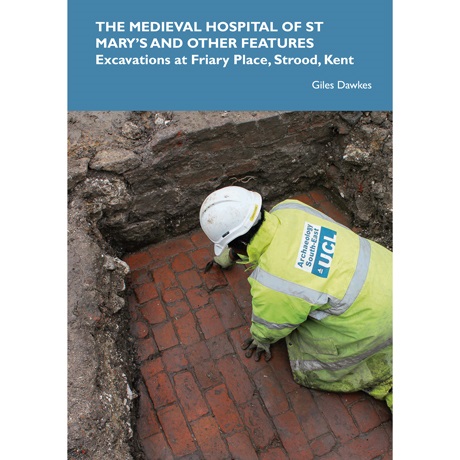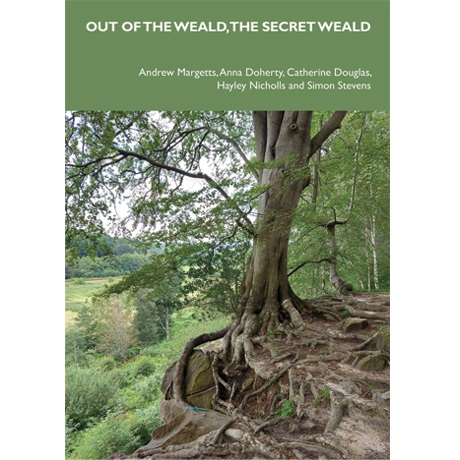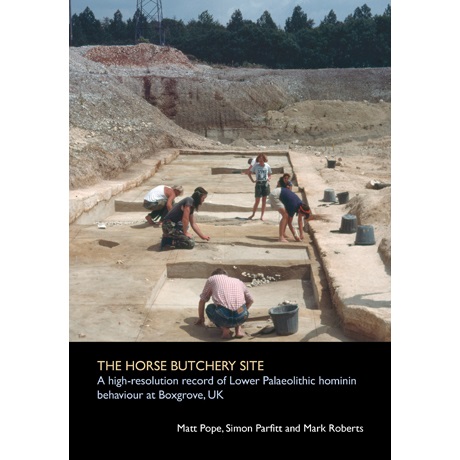The archaeological investigations at Friary Place, Strood, Kent, identified four main periods of archaeological activity from the Late Bronze Age to the 19th century. The most significant findings were evidence of Bronze Age and Roman salt working, a Roman and early medieval palaeochannel and saltmarsh deposits, the remains of the medieval hospital of St Mary, and 17th-century and later post-medieval buildings. In addition, a moderate assemblage of finds and environmental evidence was recovered.
Detailed Description
The archaeological investigations at Friary Place, Strood, were undertaken between November 2007 and May 2012. The site is located to the east of the centre of Strood and to the north of the High Street, which was the focus of medieval settlement. The medieval hospital of St Mary lay to the immediate north of the High Street. Remains of the hospital buildings were predominately identified during archaeological excavation in 1966, and these lay within and to the immediate south of the ASE investigations.
Four main periods of archaeological activity from the Late Bronze Age to the 19th century were identified. The Bronze Age and Roman archaeology was fairly limited and comprised mainly of land division features, such as ditches and enclosures, but with some possible indications of salt working. The salt working may have been associated with a Roman and early medieval palaeochannel and saltmarsh deposits, although no in situ salt-working features were identified.
The excavation also uncovered further remains of the medieval hospital of St Mary and 17th-century and later post-medieval buildings. The keyhole nature of these investigations has limited interpretation of the masonry remains but did succeed in revealing numerous walls, floors and a masonry drain built on the same orientation as the hospital chapel. An articulated adult skeleton found laid out in the base of a medieval ditch represents a highly unusual burial for this period. Of the later 17th-century buildings, little is known of their complete form, but one was used as a timber workshop and survived until the 18th or 19th century.
For all queries in regards to this product please contact the following :-
louise.rayner@ucl.ac.uk





